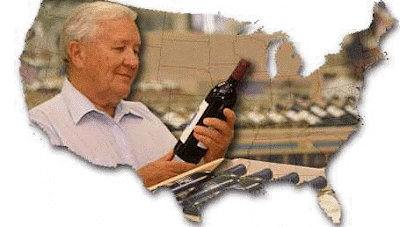Concordia biology professor Malcolm Whiteway
identifies cellular variations that may lead to more effective treatments
Newswise, October 24, 2016— Yeast. Great if you
want to make bread or wine. Not so hot if it turns up as Candida albicans in
large quantities in your body and makes you sick.
A study recently published by a team of researchers led by
Concordia University professor Malcolm Whiteway in Current Biology shows
that the type of yeast in bread is less similar to the type that causes fungal
infections than previously thought.
The researchers hope that by shining new light on what makes
the pathogen tick, his research may eventually help create targeted drugs.
When yeast goes bad
Candida albicans is the strain of yeast that causes relatively
benign infections in people with strong immune systems. But it can be a serious
threat to people with compromised immune systems, such as patients with AIDS or
those undergoing chemotherapy or transplants of organs or bone marrow.
“Blood-stream infections related to Candida are frequently
fatal,” says Whiteway, who conducted the study with key collaborators Walters
Tebung — a PhD candidate at Concordia, and Joachim Morschhauser with Germany’s
Institut für Molekulare Infektionsbiologie.
Because the cells of this fungus function very similarly to human cells, the antibiotics that have been so successful in treating bacterial infections are not active against them.
And the current anti-fungal drugs can have serious side
effects. My research is aimed at helping to develop a new generation of
anti-fungal drugs that have limited side effects”
Yin yang yeast
Whiteway and his colleagues examined how a cellular process in
Candida albicans differs from the one in Saccharomyces cerevisiae, the yeast
used in making bread and wine. Through “genetic rewiring,” the protein
controlling a particular process in one yeast species controls a different
process in the other.
The rewiring occurs in a protein named Ppr1. In Candida
albicans, this protein controls the degrading of purines — molecules that make
up DNA.
But the Ppr1 protein in Saccharomyces cerevisiae controls the
building of pyrimidines — molecules that make up the elements of DNA
complementary to purines.
“Imagine two similar looking houses in Montreal and Toronto.
In Montreal, when you flick a switch in the living room the lights come on. But
when you flick the equivalent switch in the house in Toronto the stereo goes
off. The same switch is doing different jobs,” says Whiteway, who also holds a
Canada Research Chair in Microbial Genomics in the Faculty of Arts and Science.
“We think the reason for this is because the yeast that makes
bread and wine changed its metabolism to allow it to grow without much oxygen.
This led to the pressure that generated the rewiring,” he says.
New treatment options
Pinpointing differences between bread-making and
disease-causing yeasts gives us a picture of how cells can be remarkably
different even when they look similar. That’s important from a drug production
standpoint. Right now, it's common practice to use Saccharomyces to develop
drugs to fight Candida.
“This study proves that we have to study the pathogen itself.
We can’t just study proxies and think drugs that will treat one will work in
the other,” says Whiteway.
“If you want drugs to fight Candida you’re better off working
with Candida, even though Saccharomyces is easier to come by. The more we
understand about how a fungal cell works, the better we can identify weak
points in its armour.”
“We hope it will one day lead to new treatment options for
patients suffering from yeast infections, with the goal of faster healing and
reduced suffering.”


